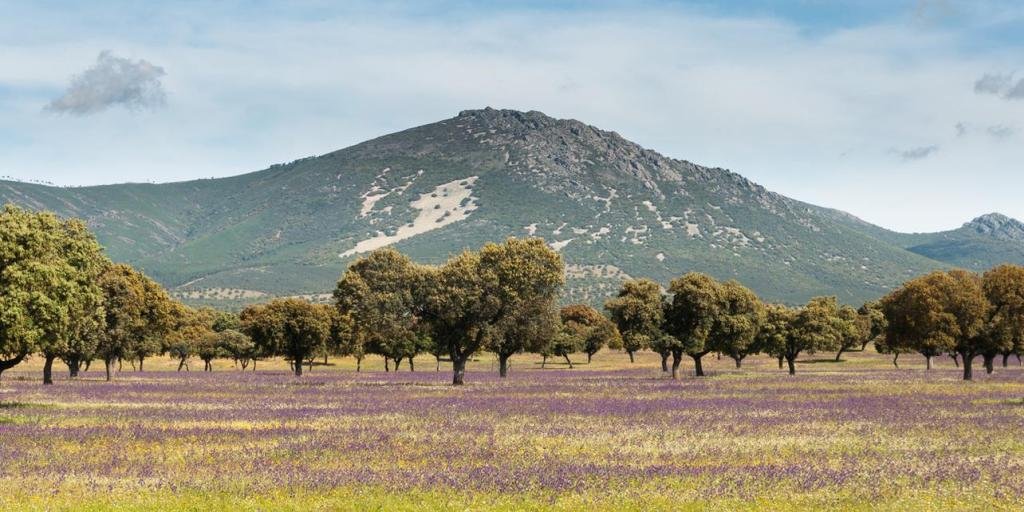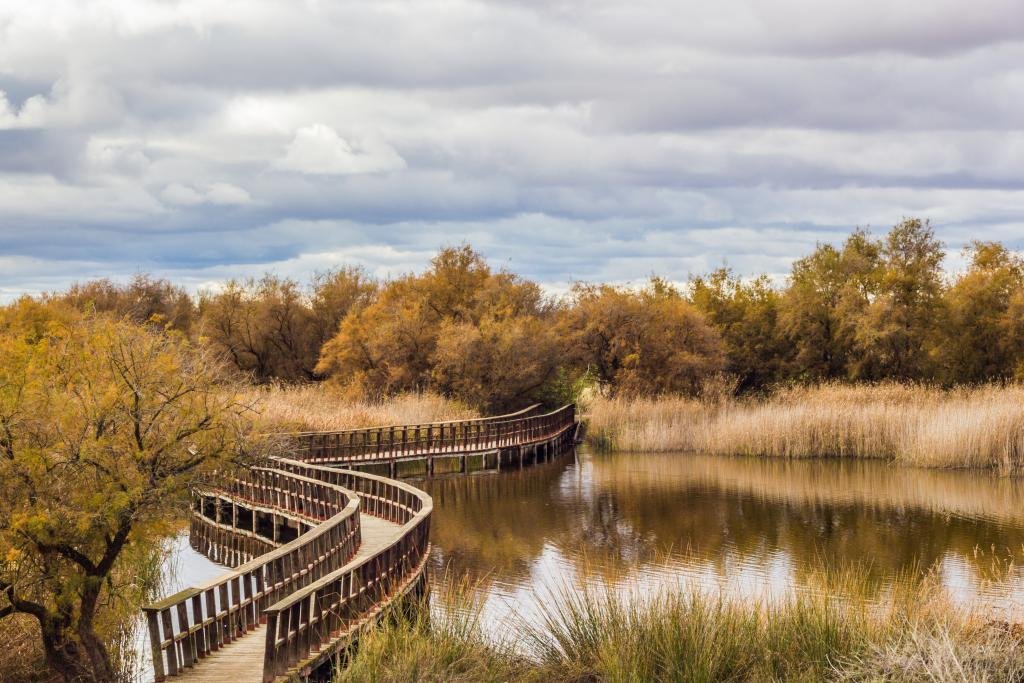Rewilding is the process of restoring and protecting natural ecosystems by allowing them to develop and function without human intervention. This can include reintroducing native species to an area, removing invasive species, and protecting large wilderness areas. The goal of rewilding is to create resilient and self-sustaining ecosystems that can support a diverse array of plant and animal life.
The Iberian highlands rewilding project looks really interesting!
I’ve been living in this lovely area of Western Andalucia for the last 20 years or so and dedicate most of my time to the running of English language tourist information websites for the towns of Cádiz, Ronda, Grazalema, the famous or infamous Caminito del Rey, and also Wildside Holidays, which promotes sustainable and eco-friendly businesses running wildlife and walking holidays in Spain. My articles contain affiliate links that will help you reserve a hotel, bus, train or activity in the area. You don’t pay more, but by using them you do support this website. Thankyou!


